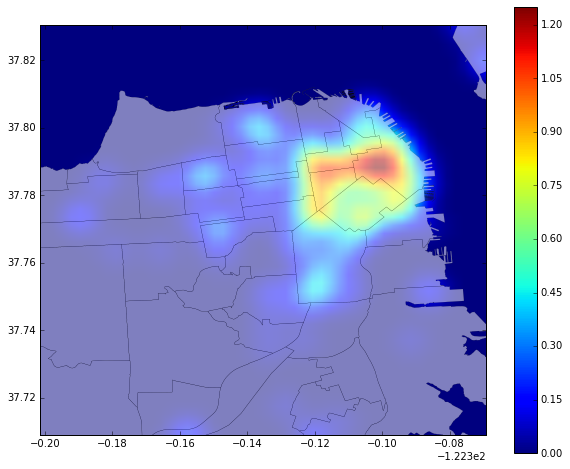Addressing curbside demand and management for the loading and unloading of goods and passengers is a perennial planning issue in many major cities across the world. As businesses, residents and workers compete for a limited amount of curbside space, this frequently results in traffic violations as individuals give up on trying to find a legal opportunity to stop their vehicles. Curbside demand and management has become a particular topic of interest among many cities in North America as movements towards promoting density in urban cores and the proliferation of same-day delivery and TNCs such as Uber and Lyft have created new pressure on curbside space. Cities such as Seattle and Washington, D.C. have developed city-wide curbside demand and management strategies that work to balance goods movement and right-of-way access for multiple modes. San Francisco, with its dense core and constrained geography, is no exception to the previously identified trend of increased pressure on curbside demand and management.
To approach the subject of curbside demand and management as it relates to passenger and commercial loading, it is important to understand the nature of demand placed on curbside loading space in San Francisco. Policies related to curbside demand and management have approached the problem in relationship to time and location of increased demand as well as adjacent land uses that potentially trigger demand for curbside loading. Research conducted by the SF Planning Department on urban freight movement in San Francisco found that conflict over freight movement is most often linked to a lack of adequate space, design issues, vehicle size and loading during peak periods. This frequently manifests as vehicles blocking the travel lane and bicycle facilities. To approach this problem, double parking violations in San Francisco is analyzed as a proxy for curbside demand (and potentially the failed management of curbside space). The location, time and adjacent land uses are examined to better understand what variables might be associated with curbside demand for future policy decisions.
Read more →



